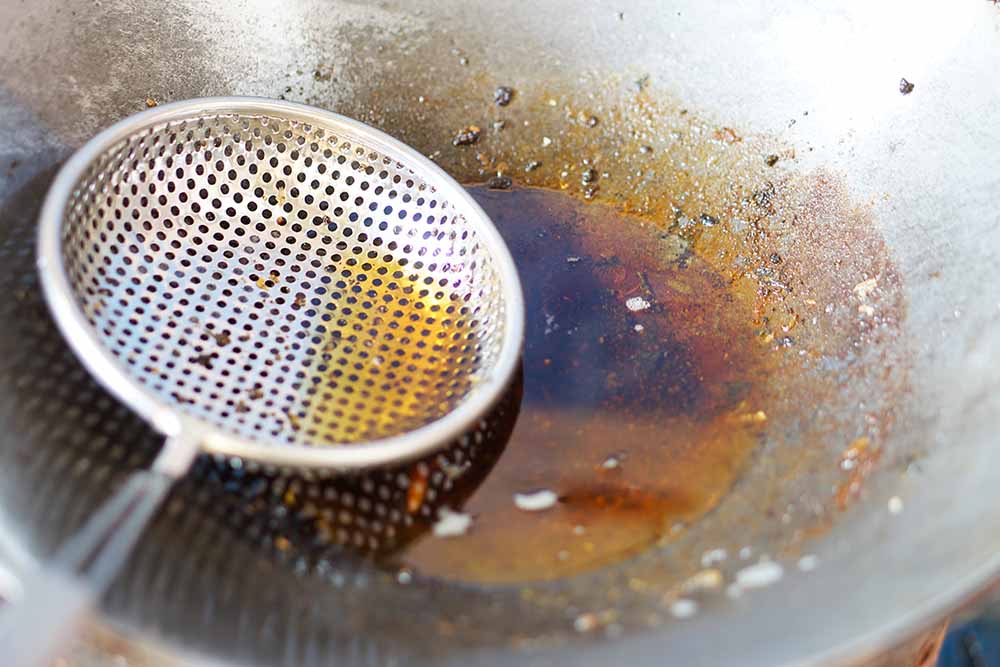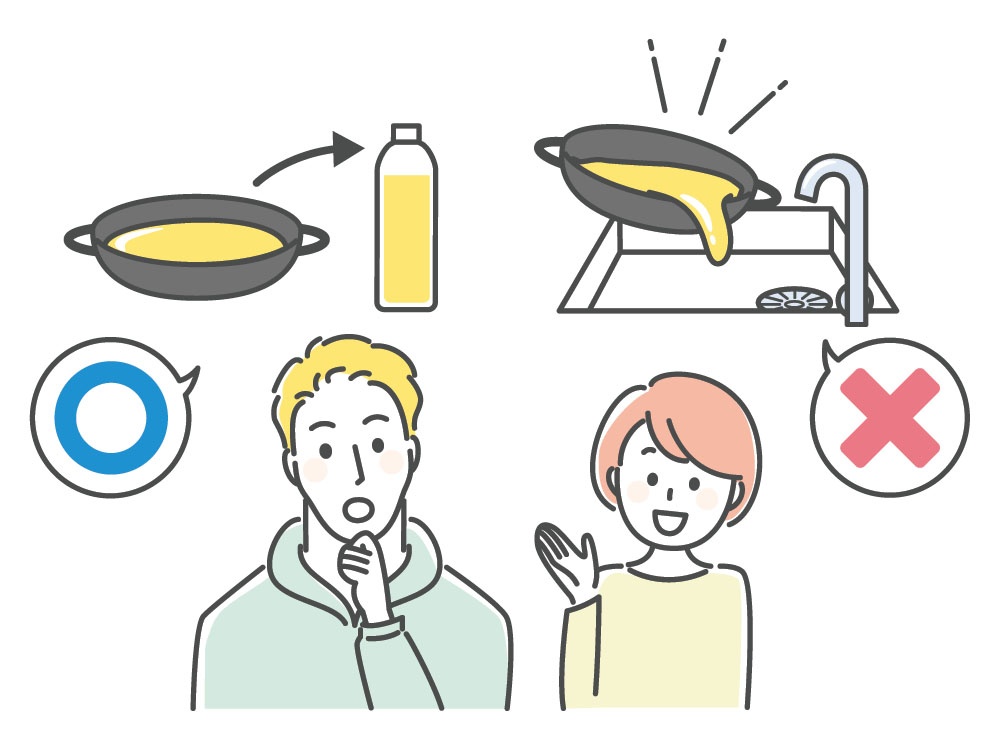Festive season has begun, and it’s that time of the year when the concept of eating healthy goes down the drain, and so does tons of used up contaminated oil. Every household ends up with left-over cooking oil and none of us know better than to pour it down the kitchen sink. When it comes to cleaning up, getting rid of used cooking oil majority of us are unaware of best disposal practices. When not following the accurate methods, oil can clog and damage the plumbing, and if it's poured outside on the ground, it can cause problems for the environment.
Following the correct methods ensures that you get the most out of your cooking oil and dispose of it in a way that's best for your home, and the environment.
Cooking Oil Can Be Reused

You can reuse cooking oil if filtered and stored properly.
1. Let the oil settle to room temperature.
2. Strain the oil through a coffee filter or several layers of cheesecloth to remove any particles and crumbs.
3. Pour it into an airtight container.
4. Immediately store it in the fridge. Never store used oil at room temperature, as it will spoil quickly. Properly stored, refrigerated cooking oil will last 30 days.
5. When it's time to use the stored oil, take out the amount needed and let it slowly come to a warmer temperature on the counter.
Please Note:

It is important to note that you should reuse oil only once or twice.
Oil that smells bad, has gelatinous substances at the bottom or contains black sediment should not be reused.
Use Disposable Containers
Throwing out reused or bad cooking oil with the regular trash is a viable method for disposing of oil.
1. After cooking, allow the oil to cool
2. Put it in a tightly sealed container – common non-recyclable containers including cardboard milk cartons, styrofoam and other takeout containers are also good options.
3. Throw it in the garbage.
Freeze Oil Before Disposing
Freezing also means that you can hold the oil in a biodegradable, instead of plastic, container.
1. Pour the oil into a disposable container and put it in the freezer or fridge.
2. Once the oil is solid enough to come out of the can in one piece, it is ready to be thrown into the trash.
OR
3. If you have no more than a cup of oil, pour it into a coffee mug and set it in the fridge.
4. When it solidifies, scoop it out and drop it into the trash with a spoon.
5. Then wipe out the mug with a paper towel or used napkin before washing it.
How NOT to dispose of cooking oil

1. Don't pour oil down the drain or in the toilet.
2. Don't pour hot oil into the trash can, as it can attract insects and rodents as well as cause issues with garbage trucks and solid waste sites.
3. Do not add oil to a septic system. Water contaminated with oil is difficult—sometimes impossible—to treat. This means it can eventually pollute local waterways.
4. Do not dispose of cooking oil into compost bins or piles. Fats, in general, are bad for compost, and cooking oil is nothing but fat.